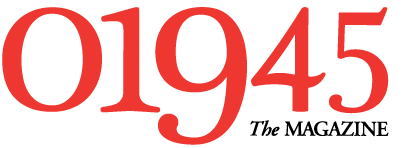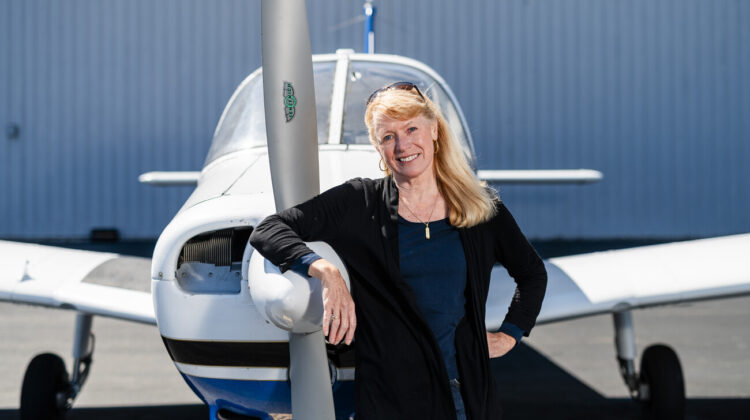Lane Wallace doesn’t necessarily believe in destiny. But, she doesn’t necessarily believe it isn’t real either. She’s just not sure how it works.
But on a hot summer day in 1981 at the age of 24, something guided her to the start of a career as a pilot and aviation journalist. Her career has been filled with adventure and exhilaration, both disappointment and the highest levels of satisfaction, unmatched levels of calmness, and moments of the highest intensity.
“If there were a guiding hand, then this was certainly telling me to pursue it,” Wallace said. “It was a door that opened that I wasn’t going to necessarily get open for me again.”
From traveling through the Alps in a blimp, to becoming the first female editor in the history of Flying magazine, to landing a plane on an iceberg, learning to fly a plane brought Wallace to places she couldn’t imagine.
As the daughter of a
Marblehead-born mother, moving down to Louisville, Ky. for a corporate gig was certainly a different experience for the New Englander. Wallace quickly realized that she didn’t belong in the South and began thinking about changing careers.
One day out of the blue, a friend of hers gave her a copy of a book that contained numerous short stories related to flying and aviation.
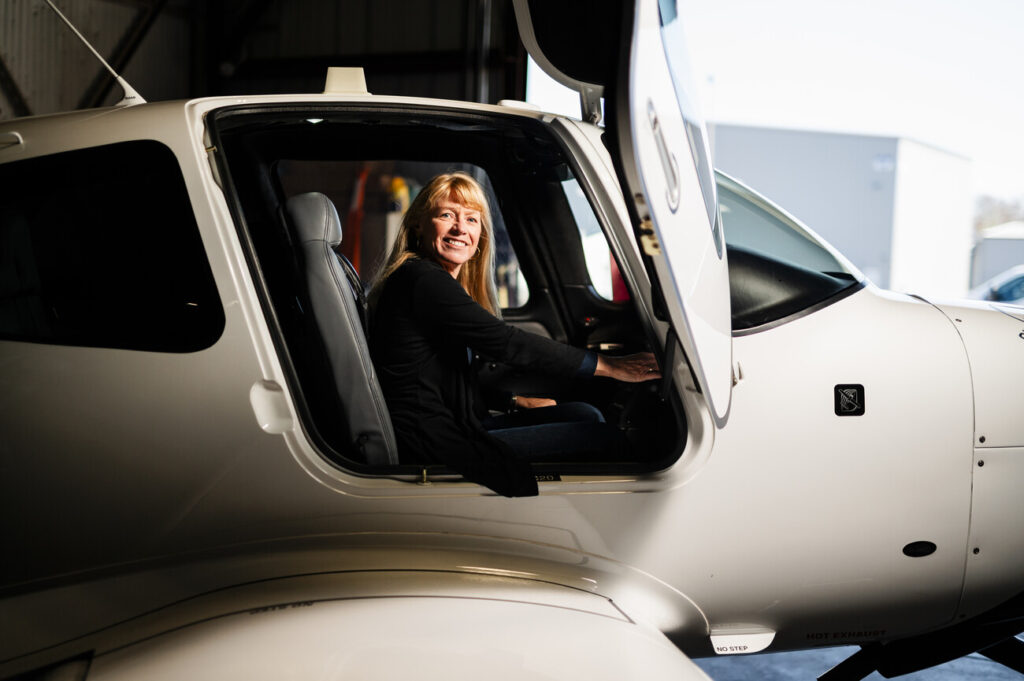
Before then, pretty much anything related to flying had never crossed Wallace’s mind. No one in her family was a pilot, or anything close to it for that matter, but nonetheless, she flipped through the pages and took an interest in a story involving a biplane ride. The author explained that riding in the plane allowed him to “hear the wind for the first time.”
The idea of being able to listen to the whistle of the wind from thousands of feet in the air caught on with Wallace. The next day, the idea was rattling around in her head while out for a jog when she heard the sound of an engine humming above her.
It was low. Really low. And loud, like something was about to land right next to her. Seconds later, Wallace emerged from a section of trees to see an airfield, with a yellow biplane directly over it.
Whether coincidence or the work of a larger force, she took it as a sign to pursue her intrigue. An attempt to locate the pilot and ask him for a ride did not pan out until years later. However, she did not let that end her pursuit in the moment, remembering words that her mother had told her over and over again.
“When opportunity knocks, open the door.”
Wallace later located a group in the area that specialized in working on vintage planes, specifically from the World War ll era. She approached the group and asked them for a ride in one of the planes, but was told they couldn’t offer her a ride unless she was willing to work on some of the planes with them.
Without hesitation, she took the offer, and after a few months, she finally got her biplane ride.
“It was one of those perfect summer evenings, and it was just before sunset, with mist over the valleys and the sky turned a kaleidoscope of oranges and pinks,” Wallace said. “It was magical.”
From that point on, Wallace realized that she belonged in the sky.
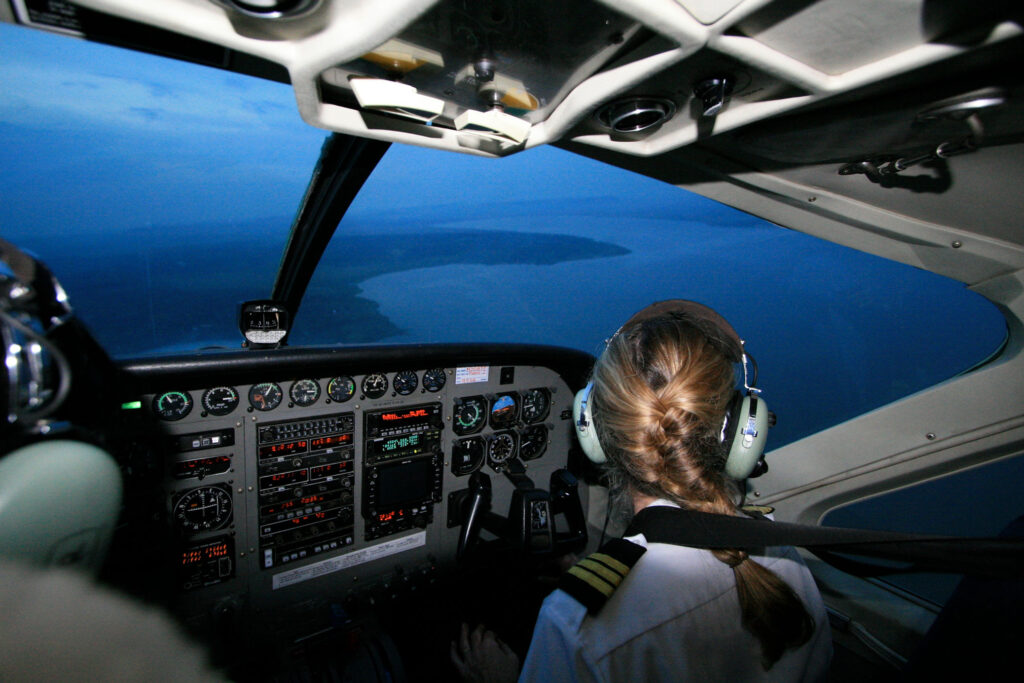
“I looked at him (the pilot) and said ‘I need to come back here. I need to learn how to come back here,’” Wallace said.
So in exchange for continuing to work on the planes, she was offered free flying lessons, an opportunity that does not come by often. As she learned, it became more and more apparent that for her, flying a plane was, quite literally, just a vehicle to get her to places she has never been.
“It was never about the flying for me. It was where it took me,” Wallace said.
That mindset got her involved in aviation journalism just a few years later as an assistant editor at a newspaper.
Though passionate and excited about her work, the industry was heavily male-driven, and over the course of the next eight years Wallace slowly realized that her passion was slipping away after her attempts to fit in.
“There were no women doing what I did,” Wallace said. “I had been working so hard to fit in and be what was acceptable to these people that I had lost myself. It’s very common for women in male fields.”
Wallace then packed her bags, sold her plane, and headed west to Los Angeles, where she spent the next four years deciding if aviation was the right path for her. To test that, she ended up writing a book manuscript, titled “Flying Lessons.”
It was never published and still sits in Wallace’s desk drawer today, but it made her rediscover her passion for aviation and exploring the world.
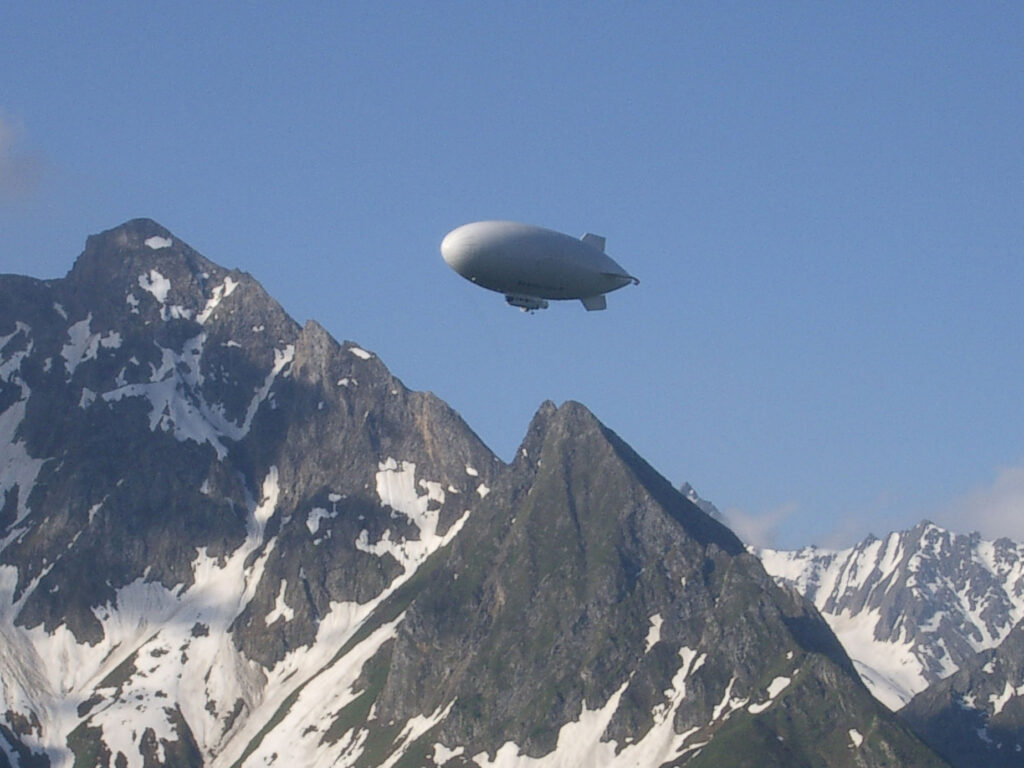
The manuscript reignited her passion and career. She bought another plane, and then found her way to Flying magazine.
During her time with the publication, she wrote numerous adventure columns from around the world, even delivering relief supplies into Sudan in 2001. At the time, a civil war was taking place in the country, and she flew into a conflict zone in order to get supplies to those in need.
At one point, they had to fly into the clouds to avoid SAM turrets, and was even held at gunpoint by a child soldier on one of the missions.
In 2004, she was offered the chance to fly a blimp from Switzerland to Greece, and became part of the first team to fly a blimp across the Alps, though it was anything but smooth.
“It took us six weeks. Everything that could go wrong did go wrong,” Wallace said. “We were detained at gunpoint, an engine blew up, we had to bail out of the blimp at one point.”
On another expedition, she had landed and gotten her plane stuck on an iceberg where the ice was so sharp, it could have severely ripped her skin if she took a wrong step.
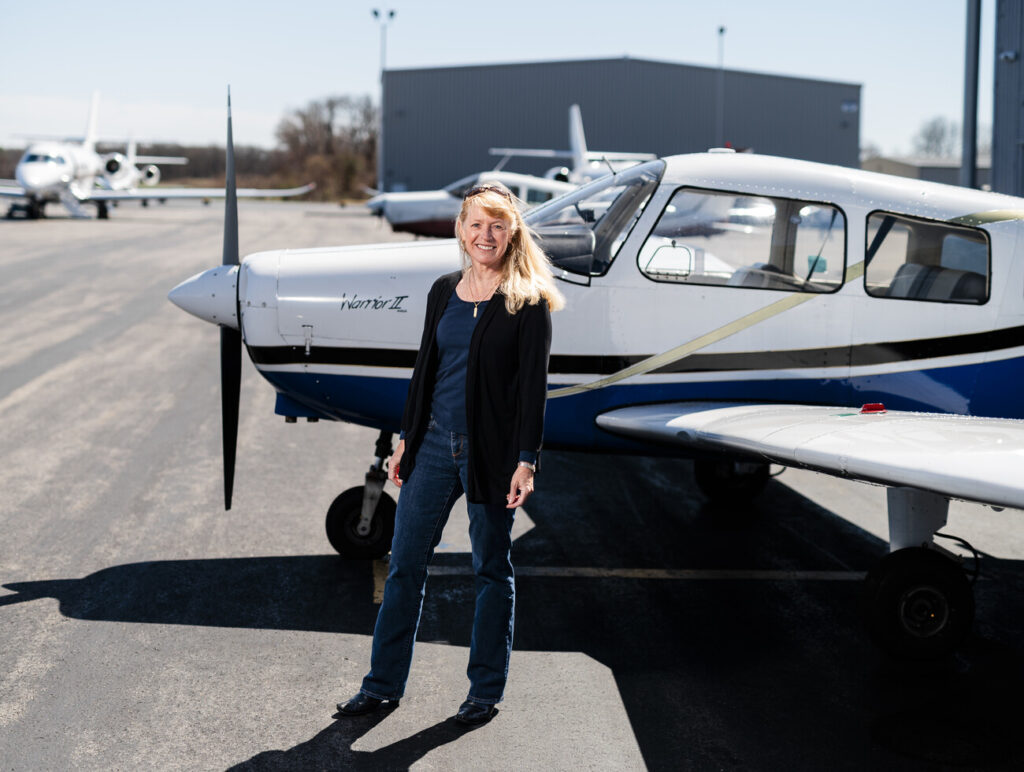
But no matter how terrifying some parts of her adventures were, Wallace got to see parts of the world that she only could have gotten to by learning how to fly. Her time as a woman in aviation journalism has also led to the work she does now, focusing on diversity and inclusion.
Since 2015, Wallace has conducted research and interviewed educators, therapists, and other professional women across the U.S., discussing challenges women have faced in their careers, how they succeeded, and how they were held back.
She now does coaching for women, writing a regular magazine column titled “Core Strength” with advice for women in aviation. Wallace is also currently writing a book, “Core Strength: Being Happy and Having an Impact In a World Run by Men.”
After years full of adventure and travel, Wallace has now taken satisfaction in helping other women pursue and succeed in their careers, whether it’s aviation or another profession.
